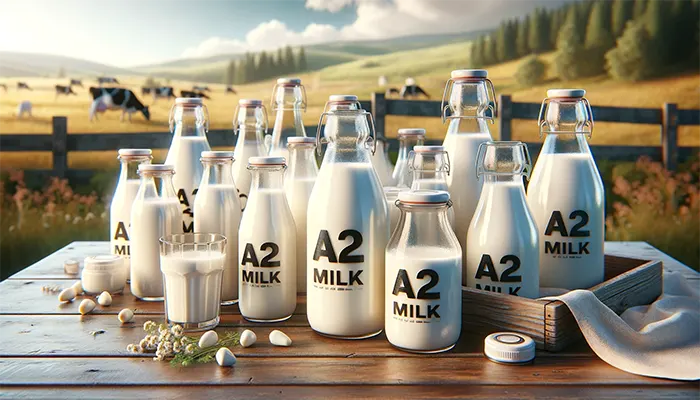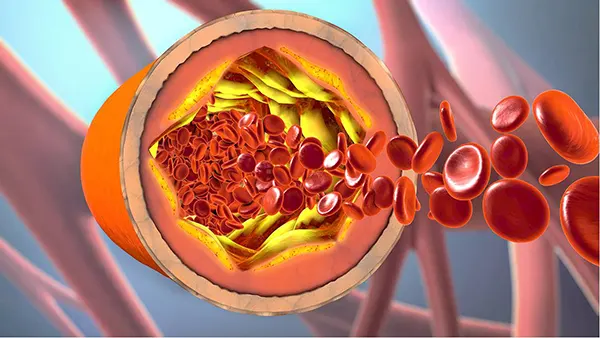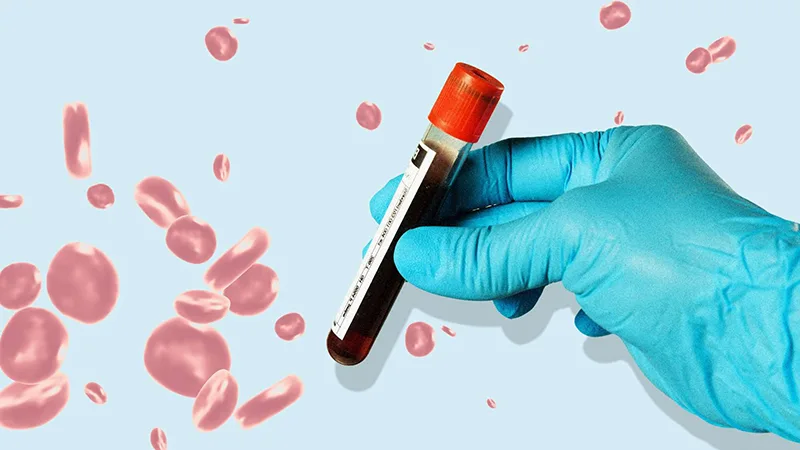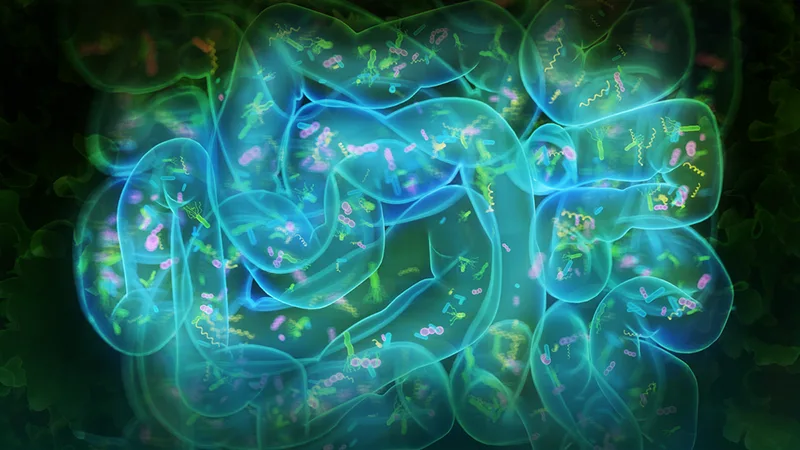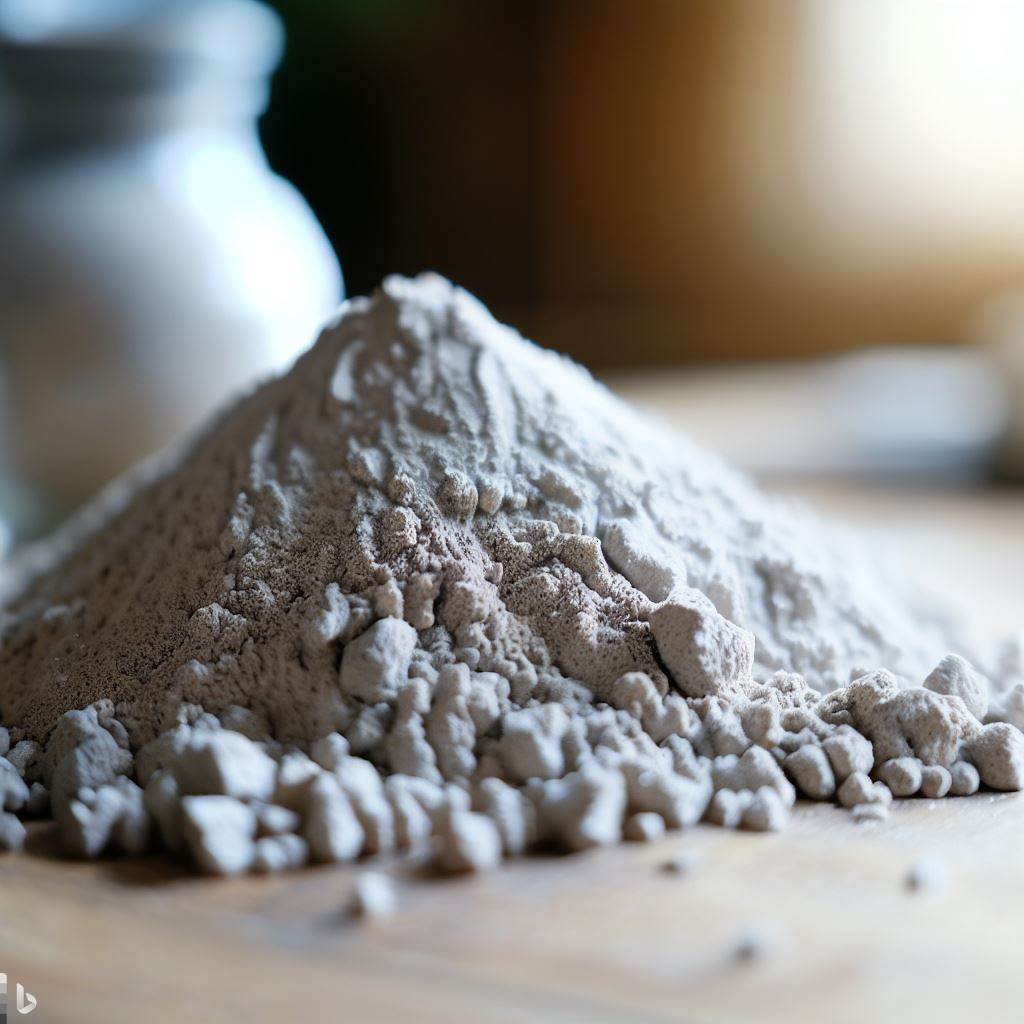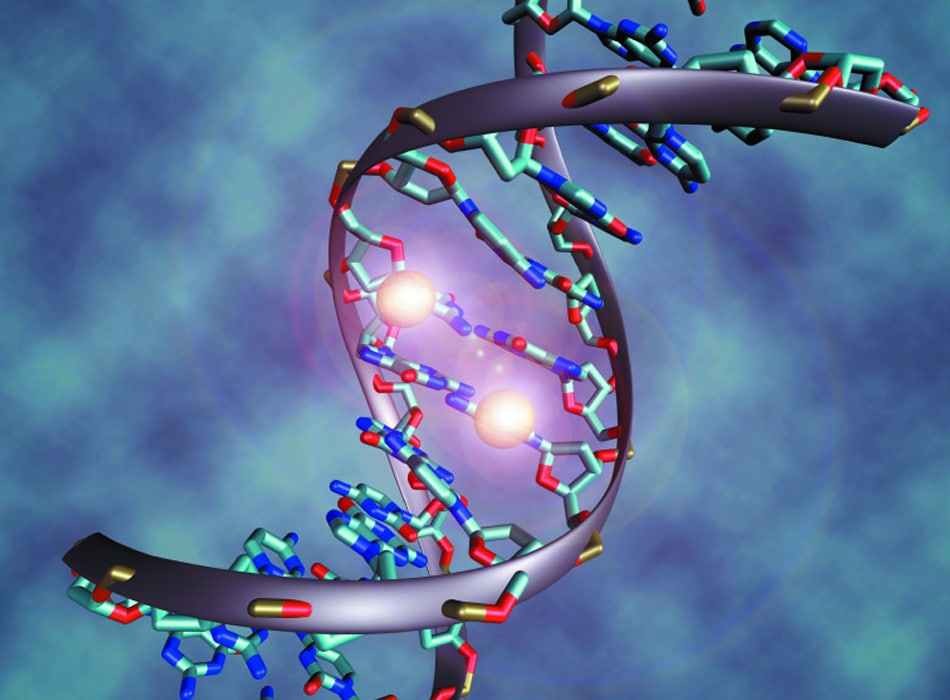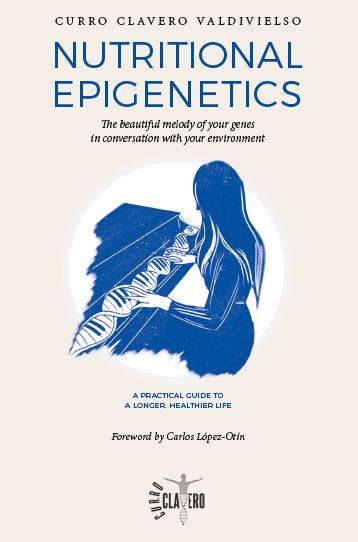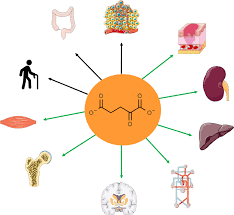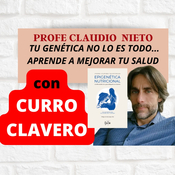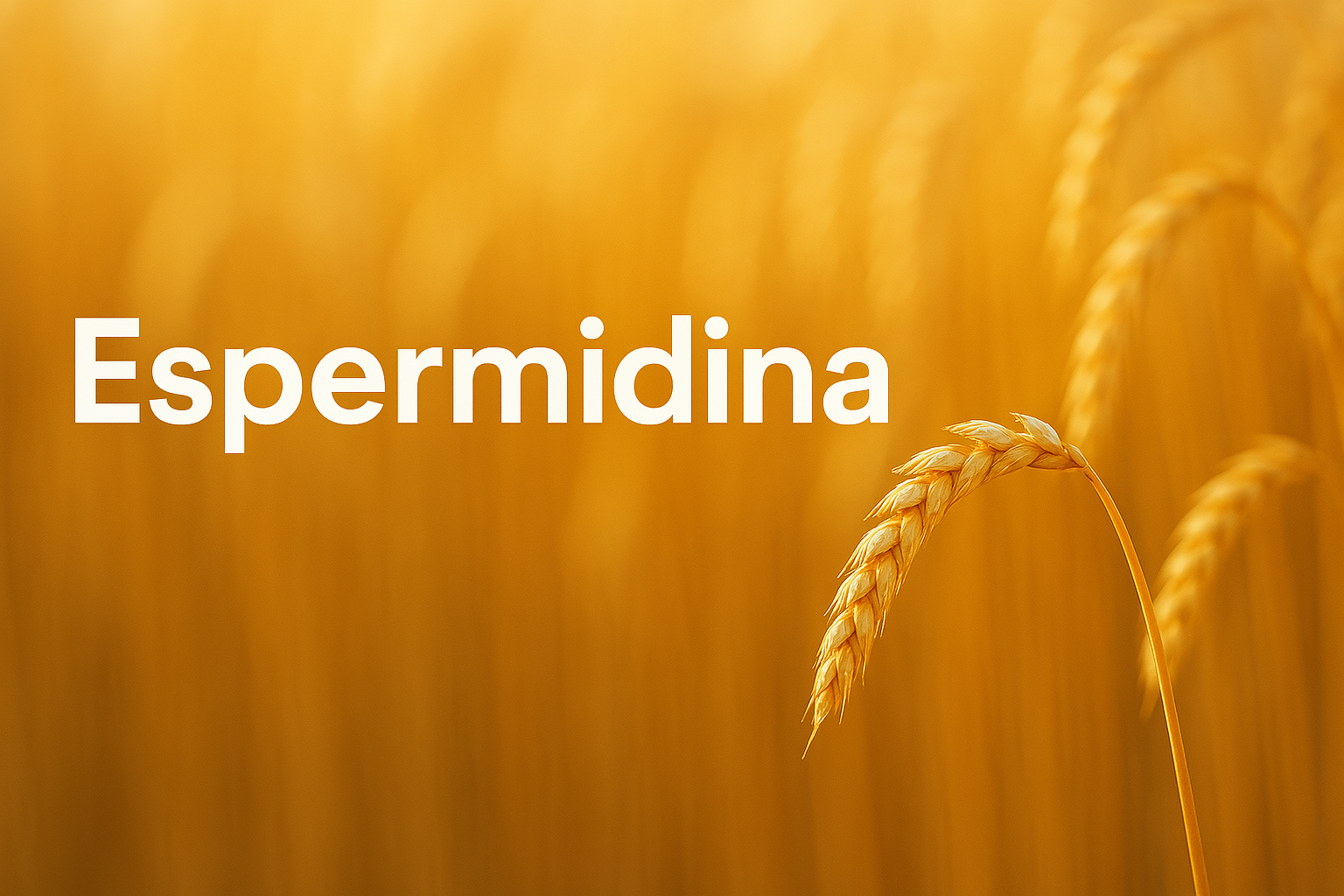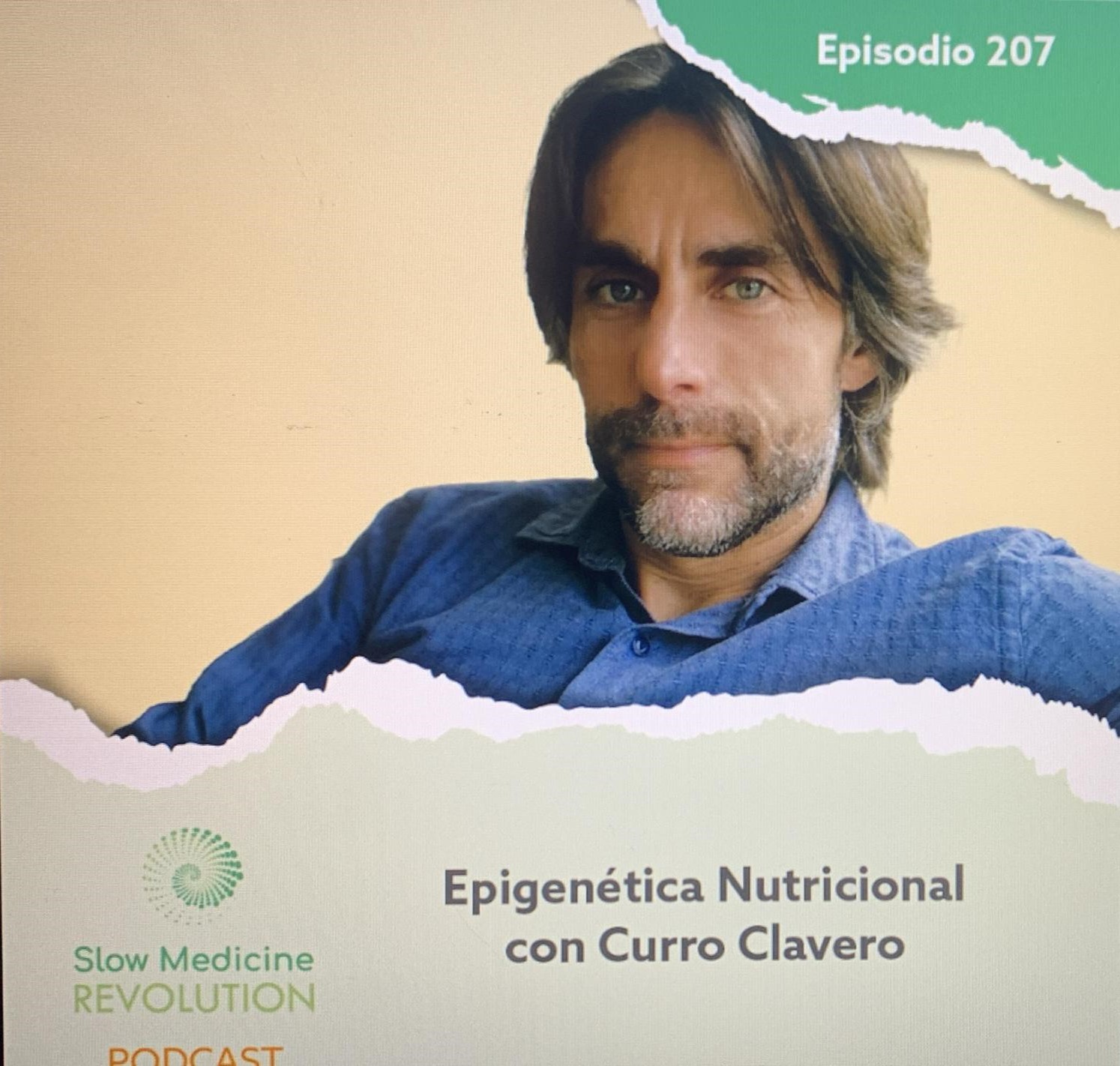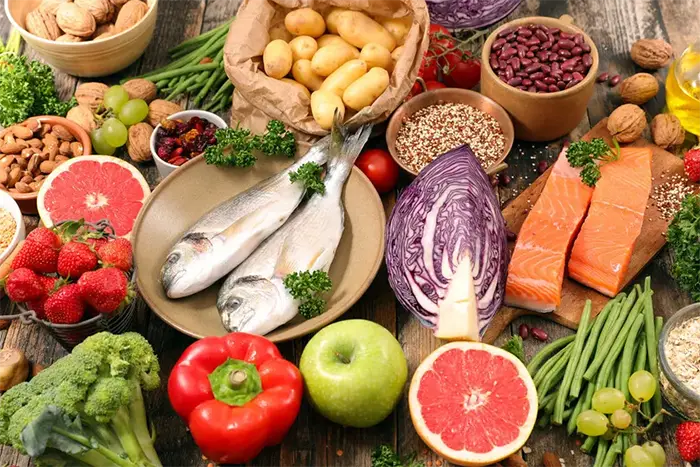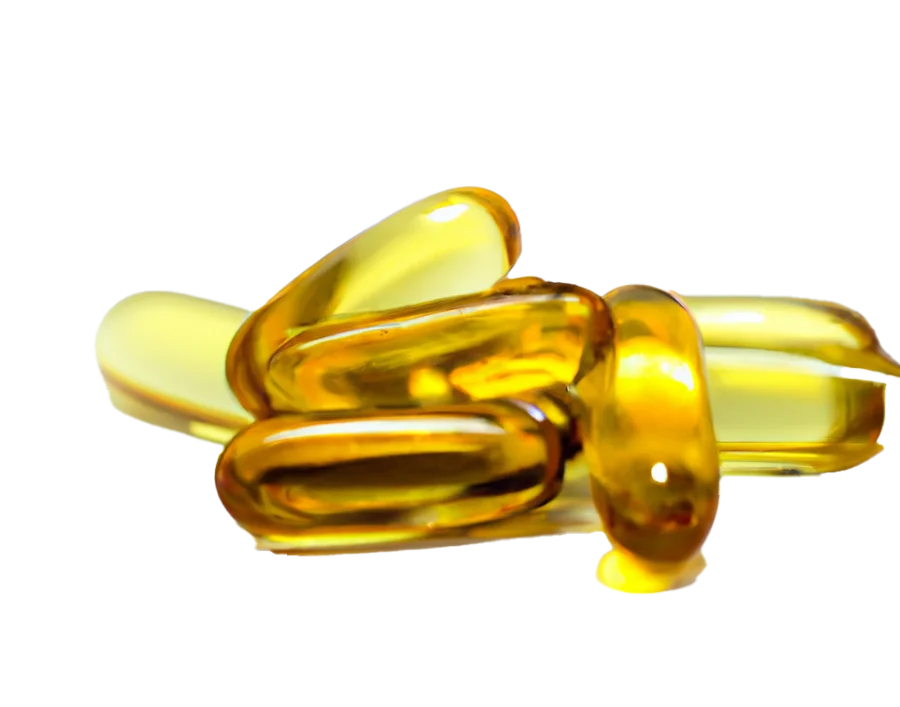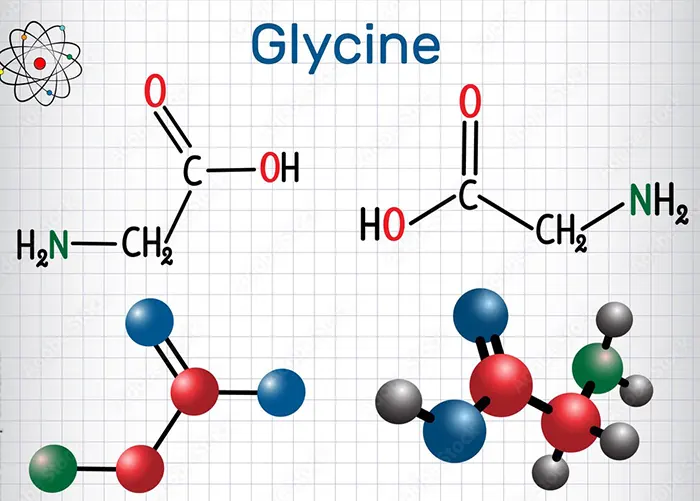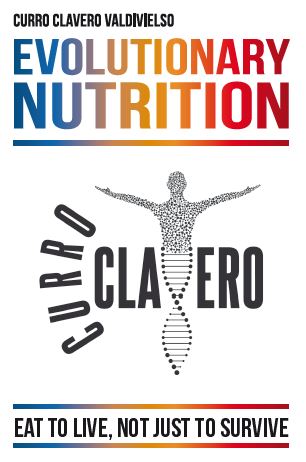Today I want to write about a topic that I often ask those who have not read my book Feeding Evolutionary: what is the milk of cow A2 and why I recommend eating this type of milk in place of the more common, the milk A1?
Those who already know me know that I always recommend that dairy products are:
- Integers: in order not to lose the fat-soluble vitamins that are so important present in fat (A, D, E, and K) and also because the fat is naturally present in the food —as we should already know— it is not bad!
- Natural: no sugar or other additives unnecessary artificial colors, flavors, scents…).
- Eco-friendly (if possible): the dairy from cows that live in the wild and feed of grass (non-feed industrial) have up to 50% more omega-3.
Until here, everything is clear and understandable. Now we are going with the recommendation that the more often a surprise: prioritize the consumption of cow’s milk A2.
Cow milk-A2
The majority of people do not know that there are two types of animal milk: the milk A2, the original and more similar to human breast milk, and the milk A1.
Milk A1 originated after, as a result of a genetic mutation in the protein betacaseína (where it should be the amino acid proline, is located histidine). This mutation occurred in the breed of cow, Holstein, or frisian, the typical white cow with black spots, which is currently the main source of milk in the dairy industry of Spain and many other countries.
During the digestion of milk A1 releases a molecule bioactive call betacasomorfina-7 (BCM-7). Let’s look at why this is important.
Both the BCM-7 as the gliadorfina-7 (GMP-7, derived from gliadin gluten-free) are opioid peptides known as exorfinas (abbreviation: exogenous substances similar to morphine). These exorfinas can cross the blood-brain barrier and bind to the opioid receptors, which explains in part the component addictive and the feeling of well-being that you experience when you consume cow’s milk, cheese and food with flour of gluten (bread, biscuits, pastries, pizzas…).
In addition, it has been observed that these substances increase the expression of the gene MOR (opioid receptor) and decrease the expression of the gene of the enzyme DPP-4 (dipeptidyl peptidase 4), which degrades these exorfinas in the gut (study). In other words, by consuming cow milk A1 and gluten, not only increase the exorfinas BCM-7 and GMP-7, but also inhibits the enzyme that degrades it.
The main problem is not only that these exorfinas generate addiction, but its excess in the body is associated with numerous diseases and health problems:
- Inflammation and skin atopic: The enzyme DPP-4 inhibits the proinflammatory peptides; therefore, if this enzyme is inhibited, the inflammation and the immune response increase more than normal and desirable (same previous study).
- Autoimmune diseases and type 1 diabetes (study, study).
- Autism: You have found higher levels of BCM-7 bovine in children with autism, and the higher these levels, the greater is the relationship with the severity of the symptoms (study).
- Ischemic heart disease: The BCM-7 contributes to the narrowing of the arteries that supply blood and oxygen to the myocardium. Over time, this decrease of oxygen could lead to a myocardial infarction (study, study).
- Joint pain and arthritis: inhibition of DPP-4 is also associated with an increase in joint pain and the risk of arthritis, even in the absence of inflammatory diseases rheumatic previous (study, study, study).
Some may argue that the scientific evidence on this topic is not final nor very wide, and they may be right in that more research is needed. However, I believe that the current evidence (meta-analysis of 2023) is sufficient and reasonable to recommend the avoidance of cow’s milk A1, since the risk/benefit ratio is clear: the risk of changing the milk A1 A2 is zero, while the potential benefit is significant.
The improvements that many people experience when leaving the dairy should not be much to stop all dairy products, but to eliminate the by-products of the cow milk A1, which are the most common in the market. In my opinion and experience, you can get the same benefits without having to remove all dairy products, simply opting for products derived from milk A2.
Alternatives to avoid the milk A1
What alternatives do we have to continue to consume milk and dairy products, taking advantage of their interesting nutritional benefits, but without generating betacasomorfina-7? The answer is simple: any animal milk that does not come from cows with the mutation (Holstein/friesian). That is to say, we can choose milk from cows that are certified as A2, goat, sheep, buffalo, or even of cattle breeds such as the Guernsey (white with brown spots, used in France and EE. UU.) and the Jersey (light brown).
The butter can be consumed regardless of the breed of cow, because the mutation affects the protein in milk (casein) and butter is almost all fat, with just 0.6 % of protein.
In some countries, like New Zealand, we are forced to dairy producers to specify on the label if the product comes from milk A1 or A2 pure (news). In Spain and other countries, this regulation does not yet exist. However, some companies, such as the galician Delight, the andalusian cooperative COVAP, and Catalan The Tower and Ametller Origin, have started on its own initiative to select cows and A2 to produce, label, and market specific products with this milk from 2021.
Fermented milk products
As a last tip, I recommend prioritizing the forms fermented dairy, such as yogurt and kefir. Fermentation reduces both the BCM-7 as lactose, which allows intolerant of low-grade to be able to consume these products. But what is more important is that they are excellent probiotics: products rich in beneficial microorganisms (bacteria ‘good’) which, luckily, are becoming more trendy for its benefits to the microbiota, i.e., the set of bacteria that live in our body in symbiosis with us.
These bacteria perform a multitude of functions that improve our health: synthesize vitamins, protect against harmful microorganisms, caring tissues such as the skin and the walls of the intestine, strengthen the immune system, synthesize neurotransmitters that communicate with the brain via the vagus nerve, among others. In return, we provide them with food: the fiber of the foods that we cannot digest, which they metabolize and on which they feed.
In terms of the fermented dairy products, the milk used to make yogurt is usually fermented with two bacteria: Lactobacillus delbrueckii subsp. bulgaricus and Streptococcus thermophilus. For its part, the kefir is produced by more than 30 different bacteria, so that makes it even more interesting. Although much progress has been made in the study of these microorganisms and their influence on human health, is still a field of research “in diapers”, but with a very promising future.

